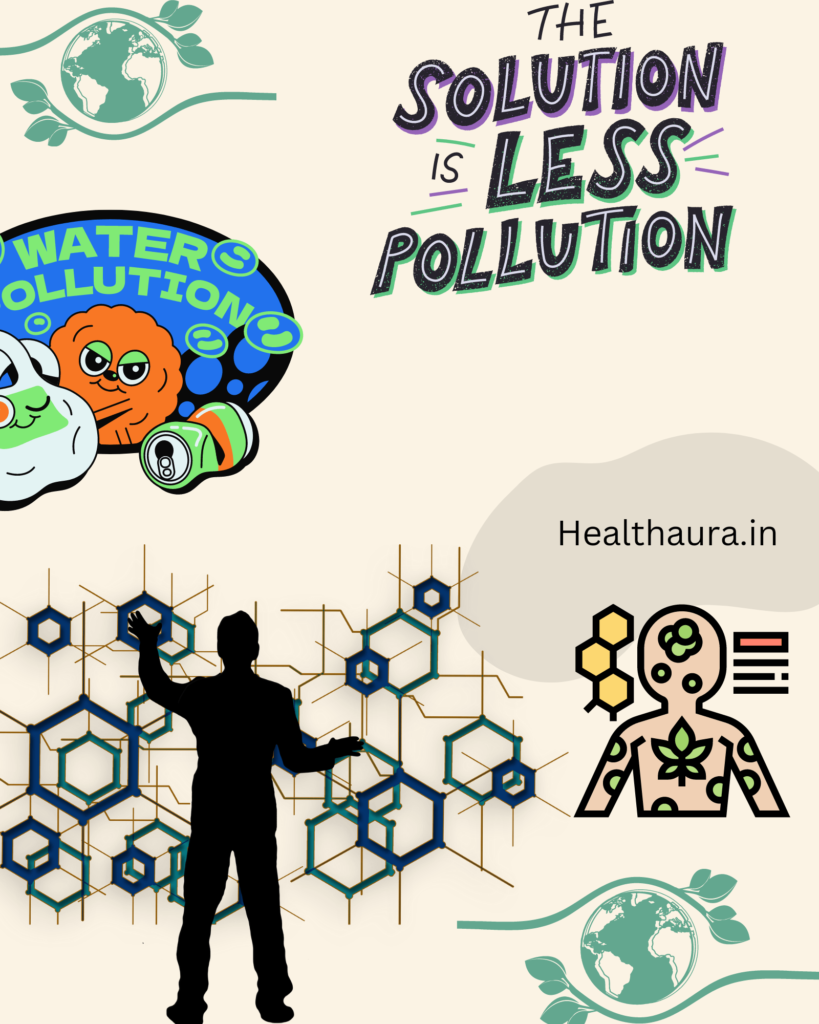Notes:
- Graphene oxide is a 2D material that has unique properties and is gaining attention for its potential in environmental remediation and pollution control.
- Discuss the different ways graphene oxide is being used in environmental remediation and pollution control, such as water purification, soil contamination, air pollution, and carbon capture.
- Discuss the advantages of using graphene oxide in environmental remediation compared to traditional methods.
- Conclude with the future potential of graphene oxide in this field and its potential impact on the environment.
As the world becomes increasingly aware of the impact human activities have on the environment, the search for new, innovative, and sustainable solutions to environmental problems becomes more pressing. The use of graphene oxide in environmental remediation and pollution control is one such solution that offers hope for a cleaner and greener future. Graphene oxide is a highly adaptable material with numerous potential applications in various industries, including environmental remediation (improve) and pollution control.
Its unique properties, such as high surface area, chemical stability, and biocompatibility, make it an attractive solution for various environmental problems.
WHAT IS GRAPHENE OXIDE AND HOW IS IT MADE?
Graphene oxide is a single layer of carbon atoms that are bonded together in a hexagonal pattern. The oxygen functional groups such as hydroxyl, epoxide, and carboxyl groups are attached to its surface through chemical oxidation, which results in the creation of a highly reactive material. Graphene oxide is produced using a process called exfoliation, which involves the breaking apart of graphite into individual layers of graphene.

This can be done using chemical, mechanical, or thermal methods. The chemical method involves the oxidation of graphite using a strong oxidizing agent, such as sulfuric acid or nitric acid.
ADVANTAGES OF GRAPHENE OXIDE FOR ENVIRONMENTAL REMEDIATION AND POLLUTION CONTROL
Graphene oxide has several advantages that make it a promising solution for environmental remediation and pollution control.
Large surface area: Graphene oxide has a high surface area-to-volume ratio, which makes it highly effective at adsorbing pollutants and toxic substances.
High conductivity: Graphene oxide is an excellent conductor of electricity and heat, making it useful in electrochemical processes for the removal of pollutants from water and air.
Chemical stability: Graphene oxide is highly resistant to chemical degradation, making it an ideal candidate for use in harsh environmental conditions.
Biocompatibility: Graphene oxide is non-toxic and biocompatible, making it safe for use in environmental remediation and pollution control processes that involve human exposure or contact with the environment.
Reusable: Graphene oxide can be easily recovered and reused after use, making it a cost-effective solution for long-term pollution control.
APPLICATIONS OF GRAPHENE OXIDE IN ENVIRONMENTAL REMEDIATION AND POLLUTION CONTROL
Graphene oxide has various applications in environmental remediation and pollution control, including:
Water Treatment
Graphene oxide can be used as a filter material to remove pollutants such as heavy metals, organic contaminants, and bacteria from water. This is achieved through a combination of adsorption and filtration processes. Graphene oxide can also be used in electrochemical processes, such as electrocoagulation and electro-oxidation, to remove pollutants from water.
Air Purification
Graphene oxide can be used to remove pollutants from air, including volatile organic compounds (VOCs), particulate matter, and toxic gases. This is achieved through a combination of adsorption and catalytic processes. Graphene oxide can also be used in electrochemical processes, such as electro-Fenton and photo electrocatalysis, to remove pollutants from the air.
Soil Remediation
Graphene oxide can be used to remove pollutants from soil, including heavy metals, organic compounds, radionuclides and petroleum hydrocarbons. This is achieved through a combination of adsorption and degradation processes. Graphene oxide can also be used in bioremediation processes, such as phytoremediation and biodegradation, to remove pollutants from soil.
Hazardous Waste Management
Graphene oxide can be used to manage hazardous waste, including radioactive waste and toxic waste. This is achieved through a combination of encapsulation and immobilization processes. Graphene oxide can also be used in degradation processes, such as thermal degradation and chemical degradation, to destroy hazardous waste.
Carbon Capture
Finally, graphene oxide has potential applications in carbon capture, as it can be functionalized with chemicals to selectively capture carbon dioxide from flue gas.
FUTURE OF GRAPHENE OXIDE IN ENVIRONMENTAL REMEDIATION AND POLLUTION CONTROL
The future of graphene oxide in environmental remediation and pollution control is bright. Its unique properties, combined with its potential for mass production, make it an attractive solution for various environmental problems. Research is ongoing to explore new applications for graphene oxide and to improve its performance for environmental remediation and pollution control.
FAQs on Green Solution: Graphene Oxide in Environmental Remediation and Pollution Control
What is graphene oxide?
Graphene oxide is a form of graphene, a single layer of carbon atoms arranged in a hexagonal pattern. It is highly porous and has a large surface area, making it an ideal material for a wide range of applications, including environmental remediation and pollution control.
How does graphene oxide work in environmental remediation and pollution control?
Graphene oxide can absorb and remove pollutants from water, air, and soil, making it an effective tool in the fight against environmental contamination. Its high surface area and porous structure make it highly efficient at removing pollutants, and it is also non-toxic and safe for human exposure.
What is the difference between graphene and graphene oxide?
Graphene is a single layer of carbon atoms arranged in a hexagonal lattice, while graphene oxide is a derivative of graphene made by oxidizing graphene and inserting oxygen-containing functional groups.
How does graphene oxide remove pollutants from water?
Graphene oxide has a high surface area and chemical stability, allowing it to effectively adsorb pollutants such as heavy metals, organic contaminants, and bacteria from water.


